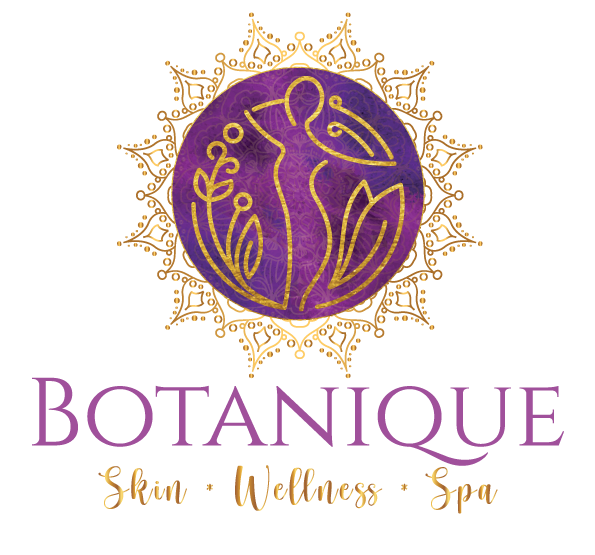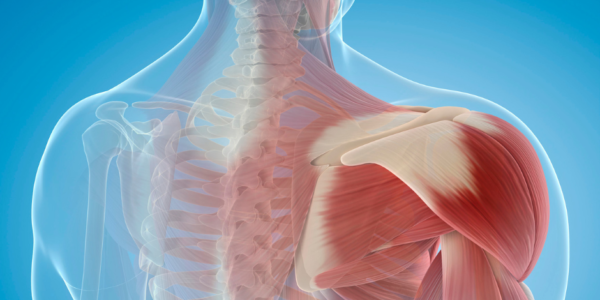
- Decreased muscle mass and strength: As we age, our muscle mass and strength tend to decline, which can make it more difficult to maintain balance and stability. This can increase the risk of falls and other injuries.
- Reduced flexibility and range of motion: Our joints and tissues become less flexible and mobile with age, which can increase the risk of strains, sprains, and other injuries.
- Slower reflexes and reaction time: As we age, our reflexes and reaction time tend to slow down, which can make it harder to respond quickly to sudden changes in our environment or to prevent falls.
- Decreased bone density: As we get older, our bones become weaker and more brittle, which can increase the risk of fractures and other bone-related injuries.
- Chronic health conditions: Many older adults have chronic health conditions such as arthritis, diabetes, or heart disease, which can increase the risk of falls and other injuries.
Overall, these factors can make older adults more vulnerable to injuries and accidents, which is why it’s important to take steps to prevent injury, such as staying active, maintaining a healthy diet, and practicing good safety habits.
As we age, our nutritional needs change, and it becomes increasingly important to eat a healthy, balanced diet. Here are some of the best foods for older adults:
- Fruits and vegetables: These foods are rich in vitamins, minerals, and fibrr, which are essential for overall health. Aim for a variety of colours and types, and try to include at least 5 servings per day.
- Whole grains: These foods provide complex carbohydrates, fibre, and important nutrients like B vitamins. Choose whole grain breads, cereals, pasta, and rice.
- Lean proteins: These foods provide essential amino acids for muscle maintenance and repair. Choose lean cuts of meat, poultry, fish, beans, lentils, tofu, and nuts.
- Dairy or dairy alternatives: These foods provide calcium, vitamin D, and other important nutrients for bone health. Choose low-fat or fat-free dairy products or alternatives like soy milk or almond milk.
- Healthy fats: These fats are important for brain function, heart health, and more. Choose foods like fatty fish, nuts, seeds, avocado, and olive oil.
It’s also important for older adults to stay hydrated and to limit their intake of added sugars, salt, and saturated and trans fats. A balanced and varied diet can help promote good health and prevent chronic conditions.
- Aerobic exercise: This type of exercise gets your heart rate up and includes activities like walking, cycling, swimming, and dancing. Aerobic exercise helps improve cardiovascular health, mood, and energy levels.
- Strength training: This type of exercise helps build muscle and bone density, which can help reduce the risk of falls and fractures. Strength training can be done with weights, resistance bands, or bodyweight exercises like push-ups and squats.
- Balance and flexibility exercises: These exercises help improve balance and reduce the risk of falls. Examples include yoga, tai chi, and simple balance exercises like standing on one leg.
- Low-impact exercises: These exercises are gentler on the joints and can be a good option for older adults with arthritis or other joint pain. Examples include swimming, water aerobics, and cycling.
It’s important to talk to a healthcare provider before starting a new exercise program, especially if you have any underlying health conditions. A healthcare provider can help determine the best type and intensity of exercise for your individual needs and can provide guidance on how to exercise safely.
Manage Pain Naturally
At the end of the day, most of us who are over a ‘certain’ age will have some chronic aches and pains to deal with. These might be a result of old injuries, increasing degeneration and/or presentation of a new condition. In addition to seeing your doctor for advice and treatment, there are quite a few natural therapies that can help manage pain, including:
- Acupuncture: This ancient Chinese therapy involves inserting thin needles into specific points on the body to stimulate the body’s natural painkillers and reduce inflammation. Dry Needling is similar but uses a ‘western’ approach.
- Massage therapy: This therapy involves manipulating the soft tissues of the body to improve circulation, reduce muscle tension, and promote relaxation. Massage can be especially helpful for managing back, neck, and shoulder pain.
- Yoga and tai chi: These practices involve gentle, low-impact movements that can help improve flexibility, balance, and muscle strength, and reduce pain and stiffness.
- Mind-body therapies: These therapies, such as meditation, guided imagery, and deep breathing exercises, can help reduce stress and anxiety, which can exacerbate pain.
- Herbal remedies: Certain herbs, such as turmeric, ginger, and willow bark, have anti-inflammatory and pain-relieving properties that can help manage pain.
It’s important to note that natural therapies may not work for everyone, and it’s important to talk to a healthcare provider before trying any new therapies, especially if you have any underlying health conditions or are taking medications.



